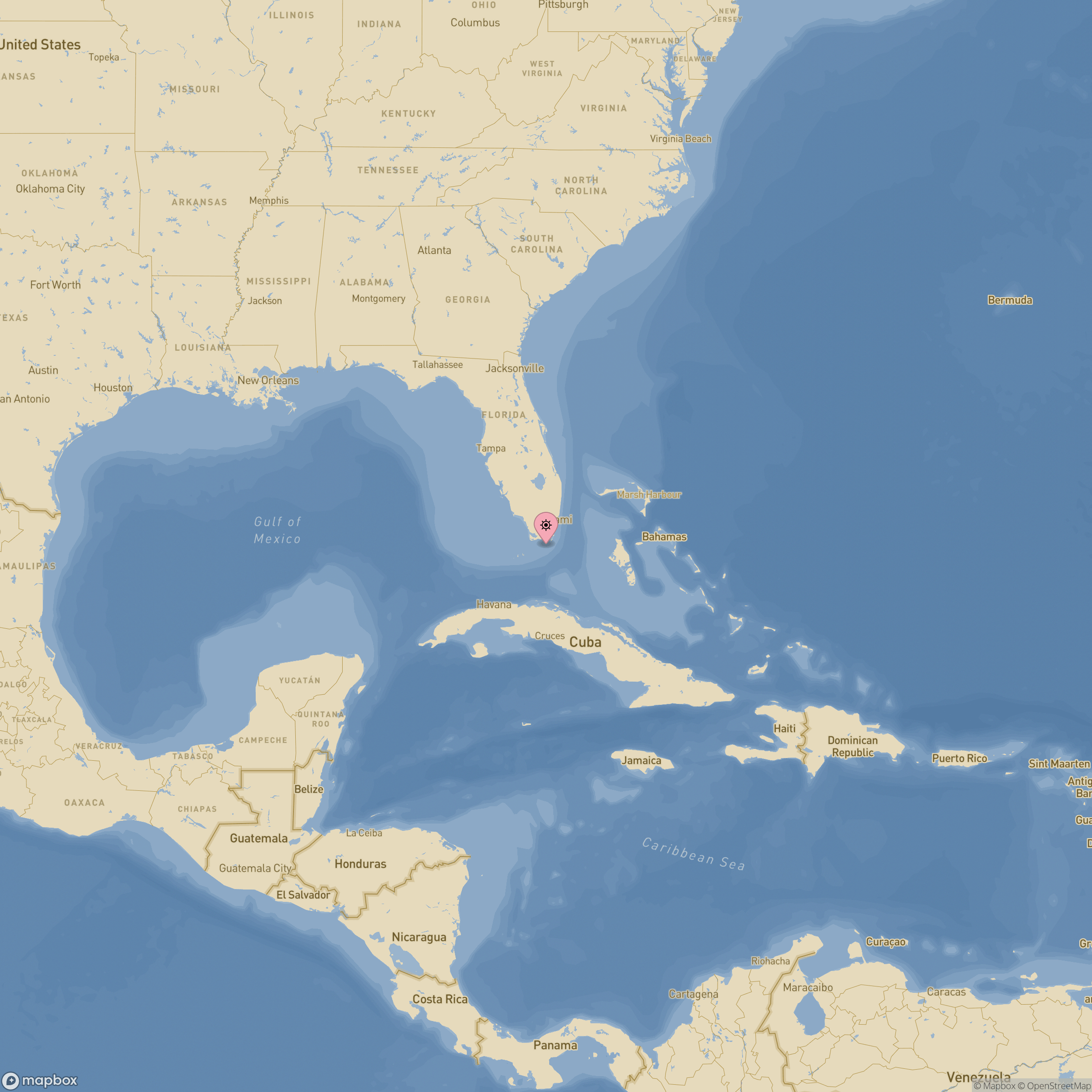Nuestra Señora de Balvaneda
Aka Infante

Date
1733Period
18th centuryShip type
GalleonCause
A hurricaneLocated
✓Key figure
Rodrigo de TorresCommand
Rodrigo TorresCaptain
Domingo de LnzShipwreck zone
Norte Plantation Key, FloridaPort of departure
Havana (CUB)Destination
SpainAlias
InfanteCargo
Coins, eastern ceramics, mexican ceramics, hides and skins, vanilla, citrus fruits , and dyesOn Friday, July 13, 1733, the Nueva España Fleet left the port of Havana to make the return voyage to Spain. The next day, after sighting the Florida Keys, the speed and direction of the wind changed abruptly from the east. Lieutenant General Torres, sensing that a hurricane was approaching, ordered his captains to return to Havana but it was too late. By nightfall on the fifteenth, all or most of the ships had been pushed westward and had sunk. Only four of them managed to return to Havana while the galleon El África managed to reach Spain.
Concerned about the fate of the fleet, the officials of the Spanish Ministry of the Navy in Havana sent a small chalupa to search for the remains of the wrecks. Having located the area, they decided to set fire to the waterline of the ships that could not be refloated or towed back to Havana, so that the divers could swim through the cargo holds.
The final count of what was recovered revealed that there was actually more gold and silver than had been reflected on the original manifests, a clear evidence of smuggling on ships on their way back to Spain. In the 1960s, most of the remains linked to the 1733 fleet were relocated, but there is still confusion about the identity of some of the ships, as their names and locations vary depending on the documents examined.
King Philip V bought the galleon Nuestra Señora de Balvaneda, commonly known as El Infante, built in Genoa in 1724. Her estimated carrying capacity was 400 tons, one of the largest ships in the 1733 fleet, armed with 60 guns. In Veracruz, cochineal, Mexican ceramics, Chinese porcelain, leather, indigo, vanilla, citrus and 186 boxes of silver coins were loaded for the king.
Hurricane-force winds dashed the galleon against a coral reef and she sank. Rafts were made to transport the passengers to the shore. The recovery of the treasure and other goods began almost immediately, and nearly all of the registered silver and the vast majority of the cargo was salvaged. It can be visited.